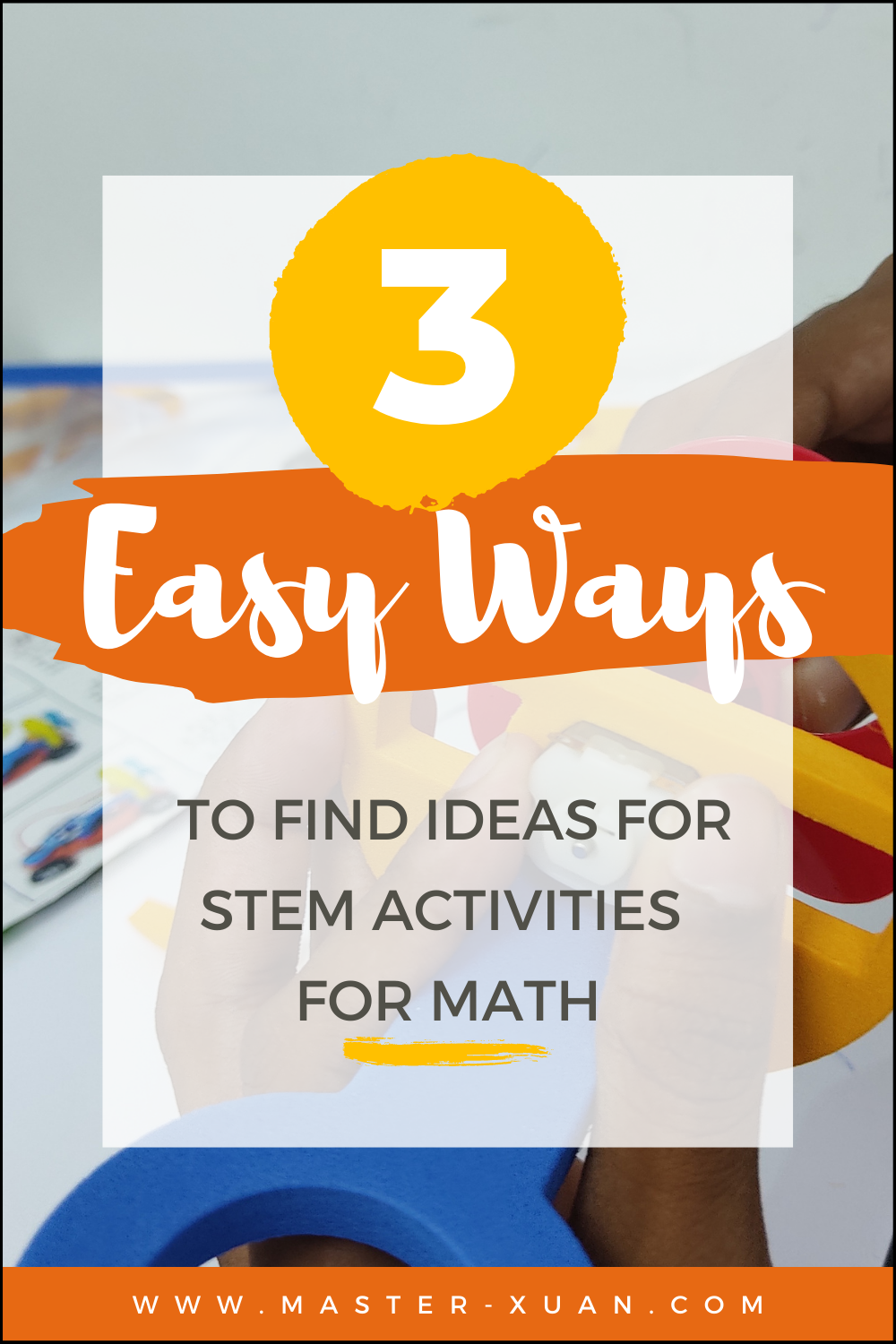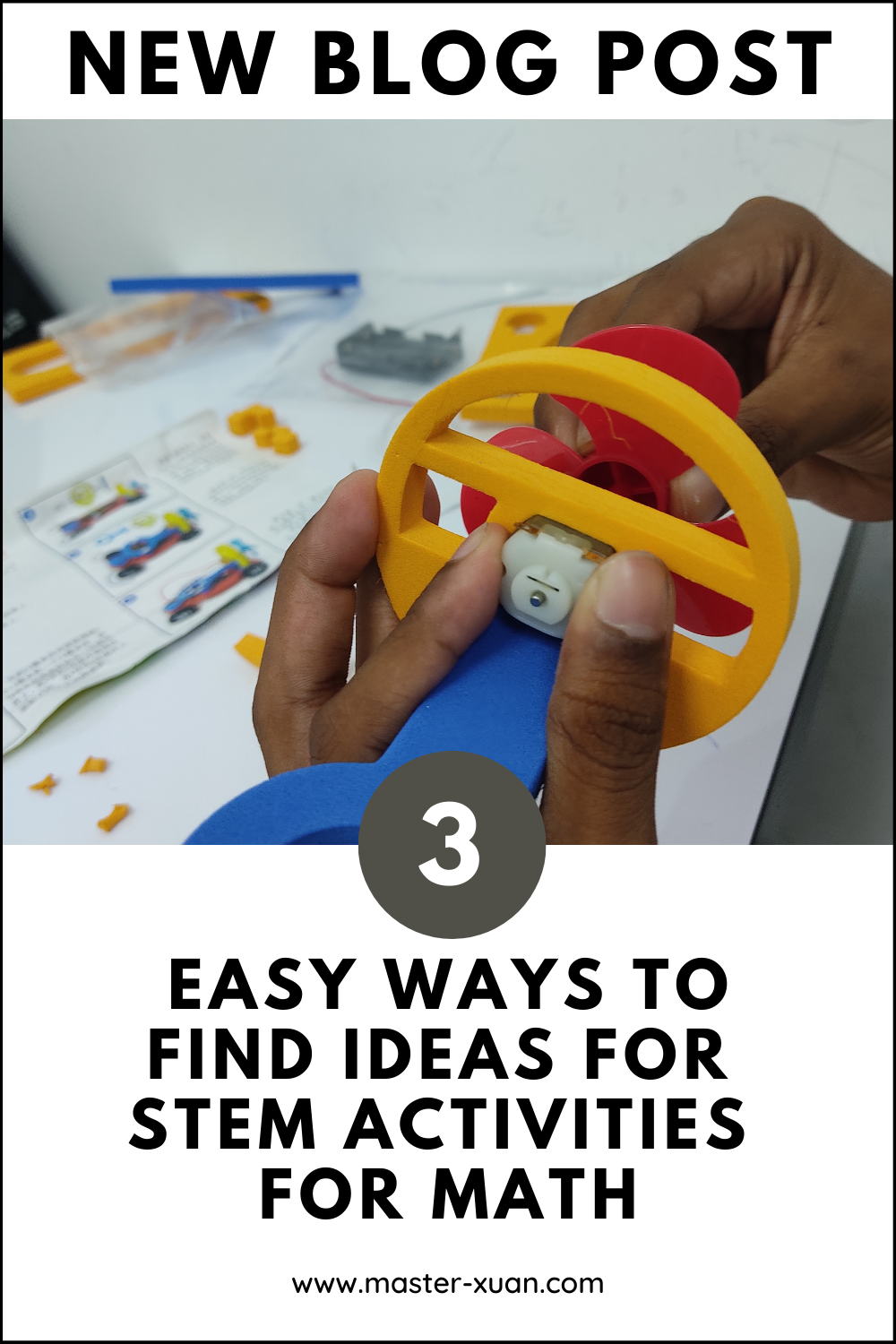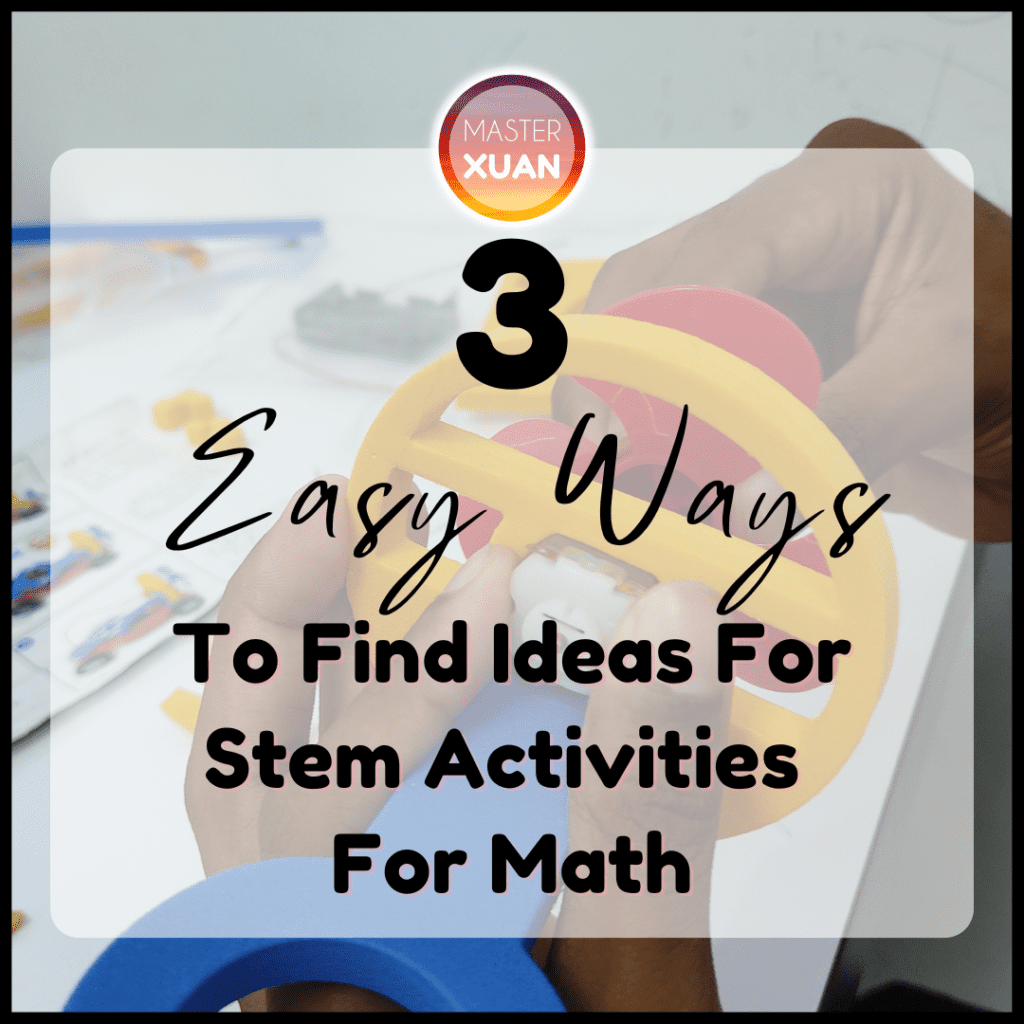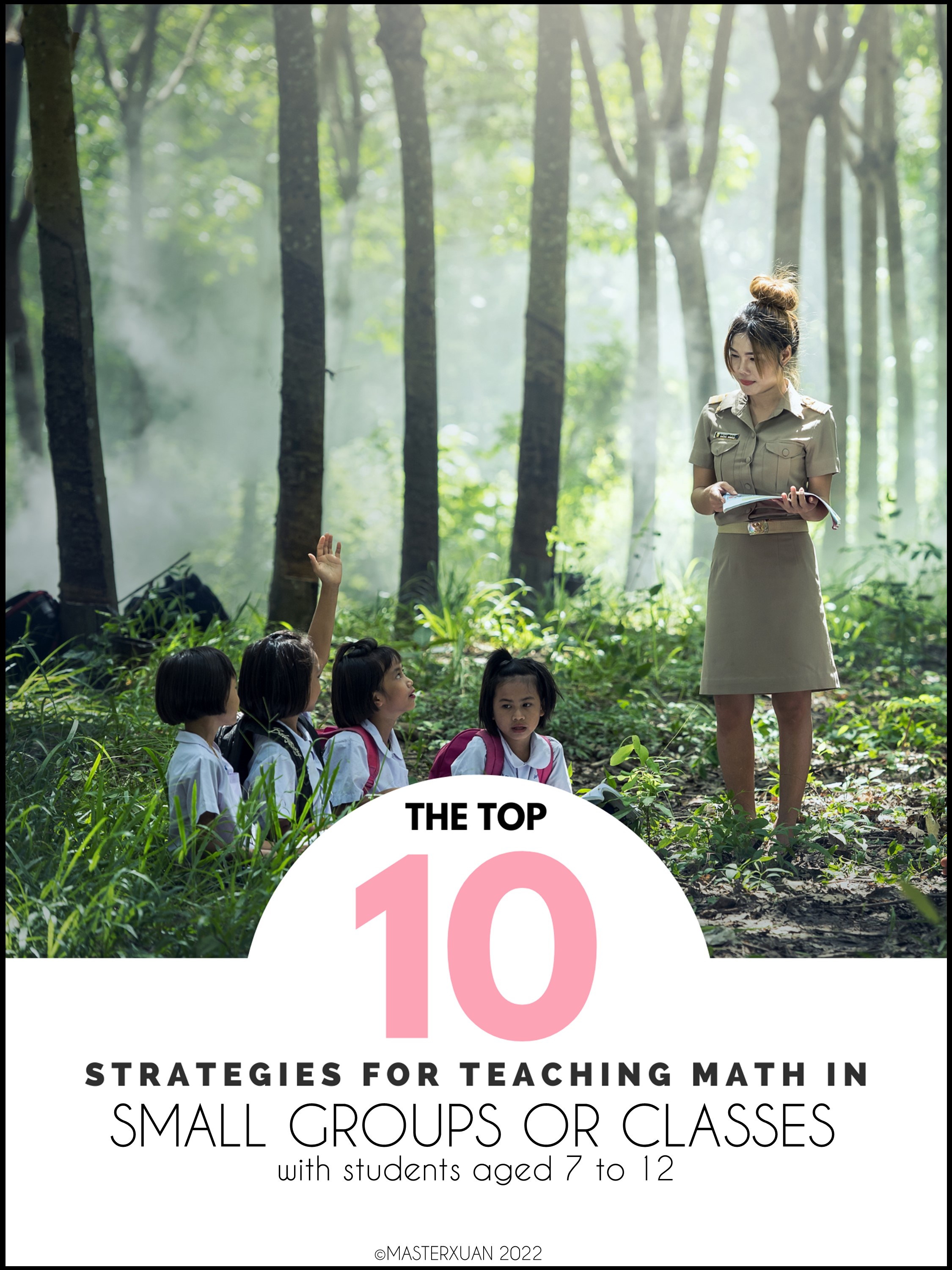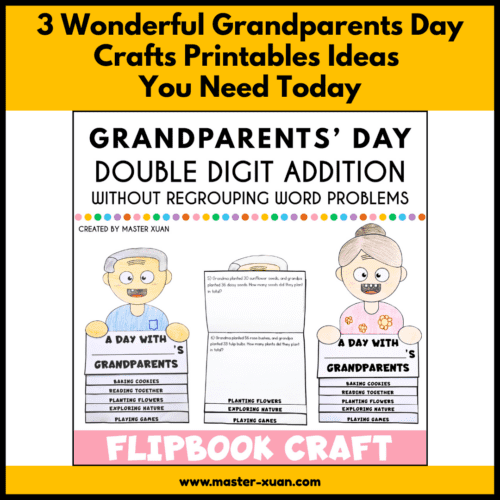Are you researching STEAM or STEM activities for math?
Not sure how to incorporate more math for stem activities?
Only teaching math but interested to implement those stem activities?
Me too!
Unfortunately, I’m not an expert in S.T.E.M or S.T.E.A.M.
But I heard great things about it and it looks so much fun.
So I decided to research them and try to use them in my math lessons.
Let me share with you where you can get some ideas so you can play, rehearse or prepare during summertime.
(1) Search Engine
Like always, have questions? Use Google.
However, I prefer to use Pinterest and YouTube to research STEM ideas for various reasons.
Using Pinterest, I get to see images of the STEAM activities in action that look interesting.
I can also click on blog post pins that catch my attention. Furthermore, it is easier to scan through and see how it can be linked to the math lesson.
I will search YouTube if I want to know how it works and how easy is it to implement them.
However, do take note that while these all information show you how it works, they may not show you how to use them in lessons. This means that they don’t explain to you the science behind it and/or what can students learn from the activity.
Here are some keywords you may use to do your research:
- simple stem activities for elementary students
- stem activities for children
- stem fun activities
(2) Teachers Pay Teachers
As a seller at Teachers Pay Teachers, this marketplace has been my number 1 place where I get some teacher resources and do my research.
The best part about it is there are some FREE STEM activities with a lesson plan that gives you a better idea about the learning part of the activity.
Here are some freebies that give me inspiration:
Christmas STEM Challenge Candy Cane FREEBIE
Fairy Tale STEM–Jack and the Parachute
(3) Educational Kits
To save time and fuss, I bought STEM educational kits for my students.
I bought the kit online and they are from China marketplace. The quality is so-so, and some instructions are Chinese but they work and are relatively cheap.
Here are my criteria for choosing educational kits.
- Practical
- Looks cool
- Require materials that are not easy to get
To see how hard is it to construct (and to get to play with it), I construct the kit. To prevent wasting materials, I ensure that the structure can be dismantled later so that my students can reuse them.
Some kit requires a longer time (1-1.5h), while some can be fixed within 30 minutes. So based on the time you allocate for this activity, buy the appropriate kit.
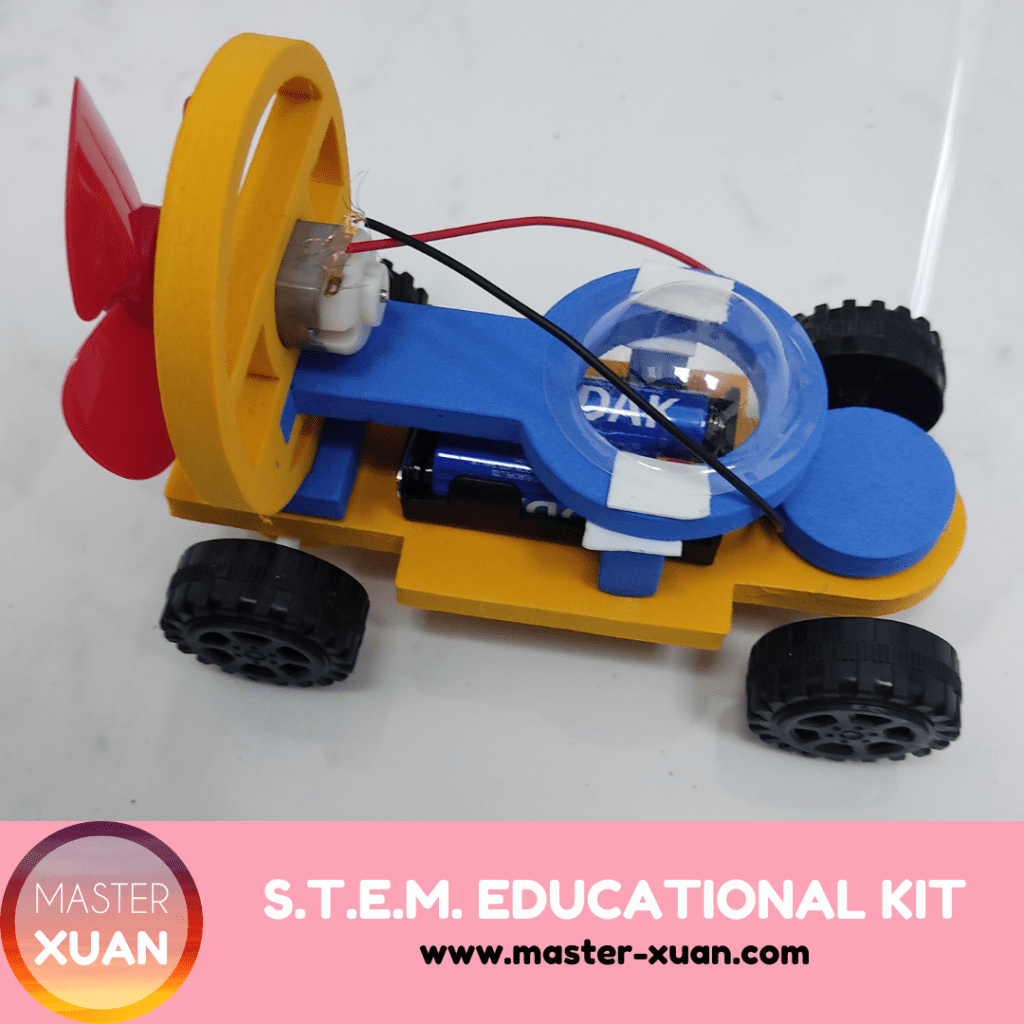
The most successful ones are the cars. I met some issues with the solar car (have difficulty placing the pole inside the gear), but my students managed to assemble the remote car and the wind-powered car successfully.
F.Y.I. The bubble kit and the projector I bought have safety issues. After placing the battery, there was smoke coming out of them and the battery box was hot to touch.
How to implement in Math Lessons
As I am only responsible to teach Math, my focus for the activities will be on math.
One sure way to link to the subject is data analysis.
You can ask students to record their findings in a table.
For instance, the distance it traveled, and the time it takes for it to reach a certain place/distance. Then, construct bar graphs or line graphs with the data.
Other math skills that can be taught are rate, speed, average, or mean, median, mode.
During construction, you can also ask students to use their knowledge of measurements. Let them investigate how different measurements will affect their results/experiments.
Related Read: The Top 3 Strategies For Teaching Math In Small Groups Or Classes
Conclusion
Now that you know where to find ideas and how to make them more relevant to math lessons, it is time to take action.
Take note, the difference between doing crafts and doing stem/steam activities are the thinking behind the activity. Not only do the students need to use their hands, but they also need to reflect and think critically.
Similarly, you can choose to do those crafts and enjoy them first. Consider how to implement them later! Cause I believe given enough time, you can do it!
By the way, if you want more hands on activities, do check out some of mine.
Area and Perimeter Hands On Activities
Area and Circumference of a Circle Activity
Telling Time Cut And Paste Worksheets
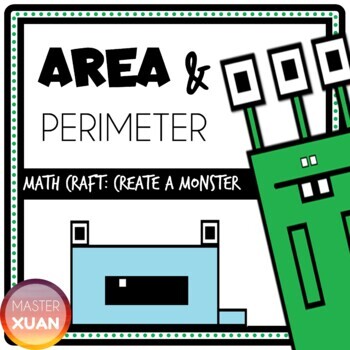
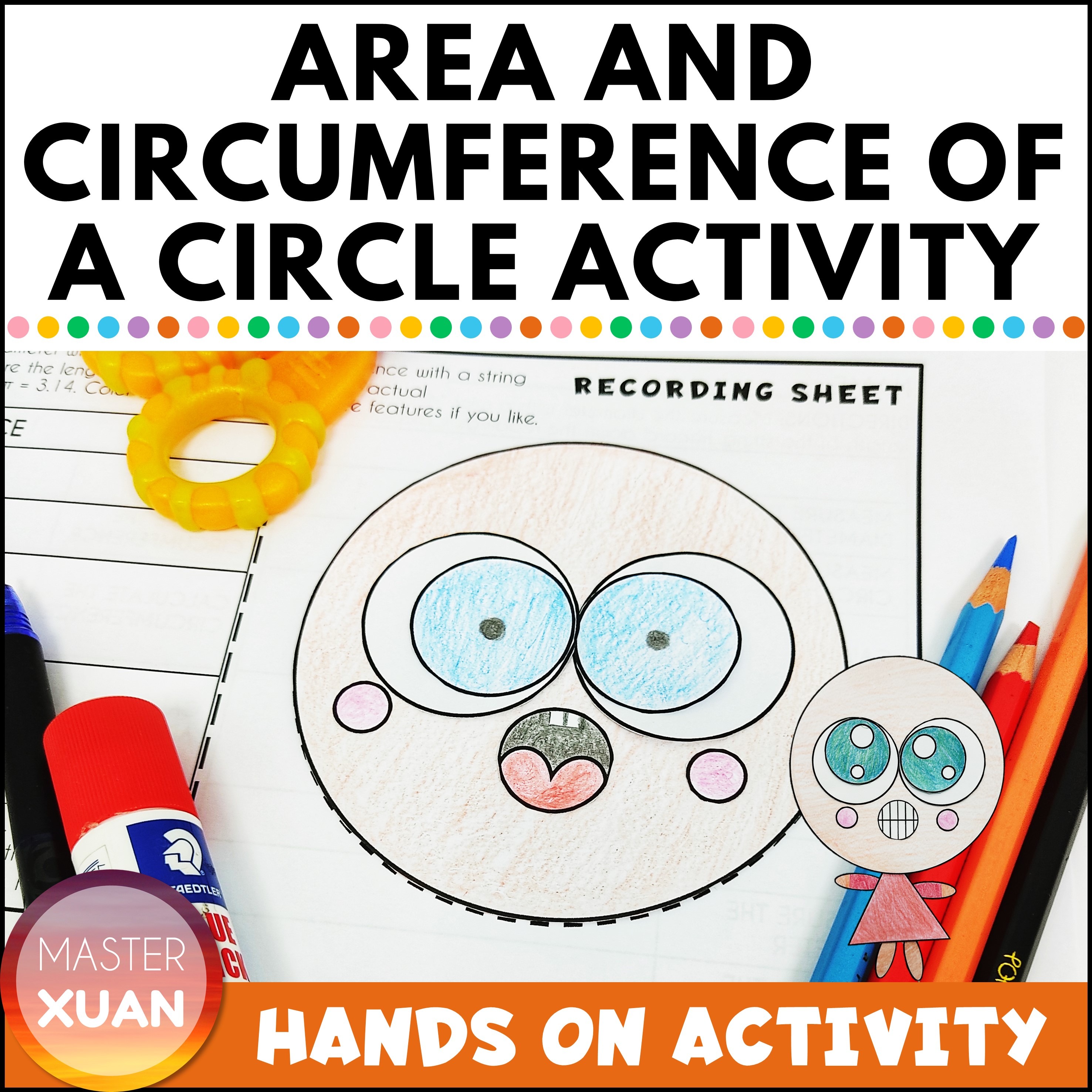
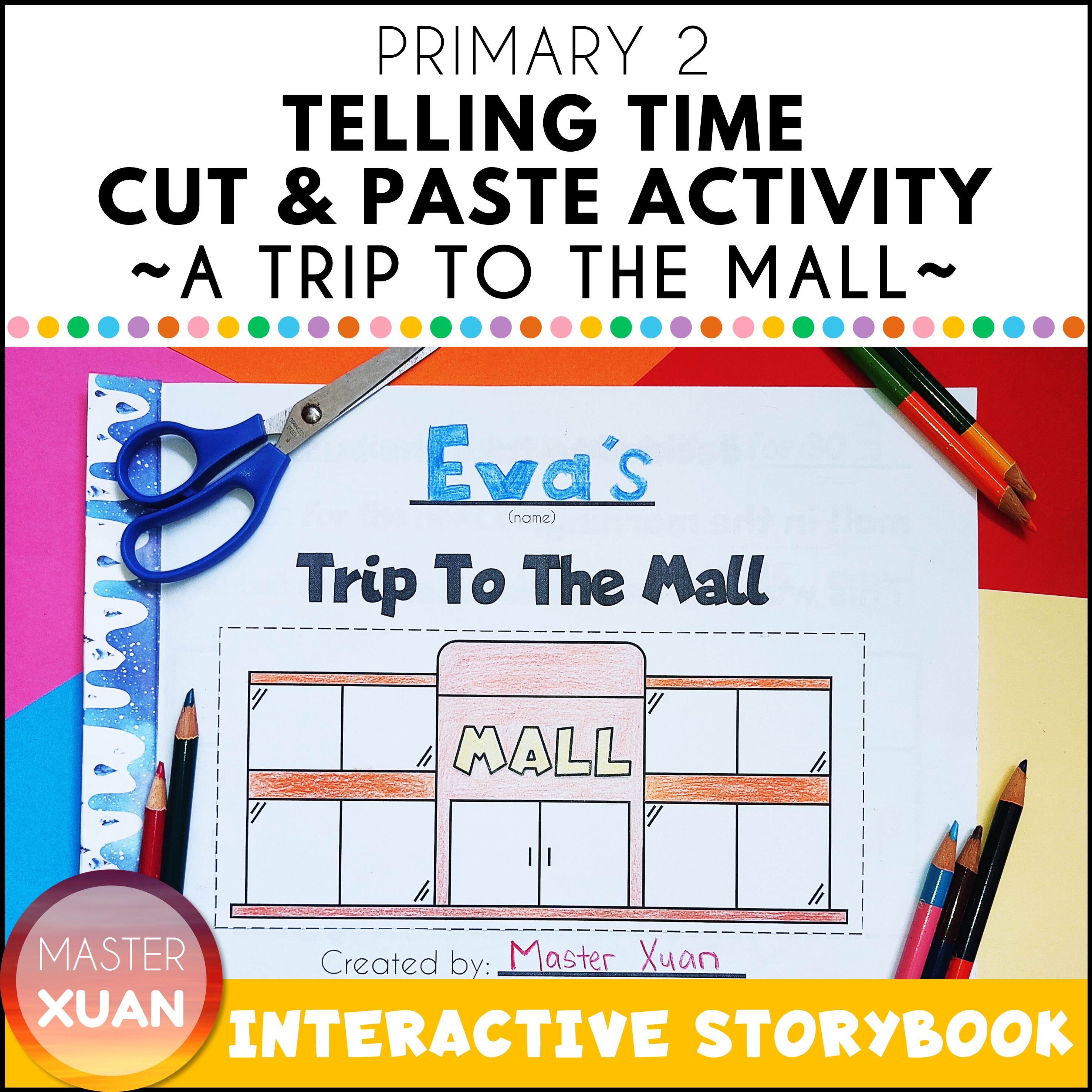
Bookmark this post by saving the pin to your Pinterest Board now! ↓

